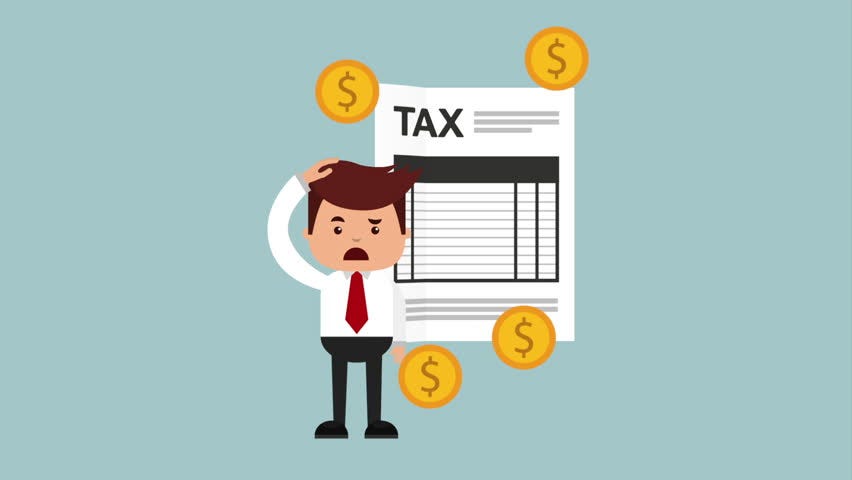Latest news about Bitcoin and all cryptocurrencies. Your daily crypto news habit.

The dramatic highs and lows of Bitcoin and the outright explosion of cryptocurrencies over the past year has a lot of traders and enthusiasts wondering how to report cryptocurrency on taxes.
This question gets quite sticky as there has been a lot of debate on the topic with no clear-cut, “this is how you should do things” type of guidance yet. This article dives into the specifics behind reporting your crypto transactions on your taxes. If you are not generally familiar with how the IRS currently treats cryptocurrency, you should read our detailed crypto-tax guide before continuing.
So if you are reading this, you are probably a crypto-trader or enthusiast concerned with the process of paying taxes on your trading activity. Maybe you have an automated trading strategy that conducts thousands upon thousands of trades every single month, and now you’re realizing that you have no way of calculating what your true capital gains tax liability is–don’t worry we were in the same boat.
But no matter your situation, you’ve probably made some trades and hopefully some decent money, and now you want to make sure that you report everything legally on your taxes. How do you do it?
Step 1: Calculate your capital gains
For every trade that you make, even if it is just a coin-to-coin trade, you need to know a few things. You need to know your cost basis (ie the original value of the crypto), and you need to know the Fair Market Value of the crypto at the time of the trade. If you are not familiar with these terms or how they apply to crypto please read our guide for a refresher on capital gains, taxable events, and everything crypto-tax related before continuing. Finished it? Okay great, let’s move on.
Once you know both of these things, calculating your capital gain is simple. Simply subtract the Cost Basis from the Fair Market Value. Let’s look at a quick example to make sure this makes sense.
Let’s say you purchase $100 worth of Bitcoin including transaction and brokerage fees. That $100 currently buys about 0.01 Bitcoin. Now let’s say two months later you trade all of your 0.1 Bitcoin for 0.16 Ether. Well at the time of this trade, 0.1 Bitcoin had gone up in value and was worth more than you had originally bought it for at $160. $160 is the Fair Market Value, and $100 is your Cost Basis. This makes your capital gain on the trade equal to $60.
I know what you’re thinking, how in the world am I supposed to do this for every single trade I’ve made over the past year? If you haven’t been keeping a detailed spreadsheet, this could be an impossible task. If you’re encountering this problem, it could save you a lot of time to simply use CryptoTrader.Tax. The software will calculate your capital gains liability in a matter of minutes and provide you with an exportable report (8949 form) to give to the tax man.
Okay, I’ve accurately calculated my capital gains, now what?
The next step is to actually pull together the proper forms required by the IRS to report your capital gains.
Form 8949 and 1040 Schedule D
The Schedule D is the form that you use to report capital gains and losses from all personal property. This includes cars, artwork, collectibles, stocks and bonds, and yes–your cryptocurrency. This is the form that you will ultimately report your capital gains from your crypto trading activity; however, before filling out the schedule D you must detail all of your trades in the 8949.
To properly fill out the 8949, you will need to know those same things that you needed for the actual capital gains calculation.
The example pictured above shows what one entry on the 8949 would look like. In this example, you have sold 0.5 Bitcoin. You acquired the Bitcoin on 7/16/17, and you sold it on 12/17/17. You sold the Bitcoin for a total proceeds of $9848.00, and your cost basis was $970.00. This led to your gain of $8873.00 (reported in column h).
Continue to list all of your transactions from the calendar year onto this form in the same manner as the example above to complete your 8949.
If you have a high volume of transactions and trades over the year, you can automate the creation of this 8949 by using CryptoTrader.Tax.
Once you have completed your 8949, you simply need to transfer the sum of your capital gains/ losses onto the Schedule D form. This is the final step in the reporting process. Be sure to keep in mind short-term capital gains vs. long-term capital gains when completing your Schedule D.
Note — if you use tax preparation software like TurboTax, you can simply upload your 8949 form that you created. You could also give the form to your CPA or tax professional.
To recap, the process is not that complicated. Keep track of all of your cryptocurrency trades and necessary data. Use that data to properly fill out the 8949 form. Transfer the total gains from your 8949 onto your schedule D.
Did you forget to report your crypto trades on last year’s tax return? If so, be sure to checkout our article on amending your tax return here.
Originally published at www.cryptotrader.tax on May 29, 2018.
How to Report Cryptocurrency on Your Taxes was originally published in Hacker Noon on Medium, where people are continuing the conversation by highlighting and responding to this story.
Disclaimer
The views and opinions expressed in this article are solely those of the authors and do not reflect the views of Bitcoin Insider. Every investment and trading move involves risk - this is especially true for cryptocurrencies given their volatility. We strongly advise our readers to conduct their own research when making a decision.

